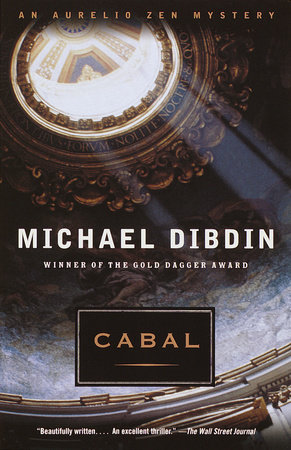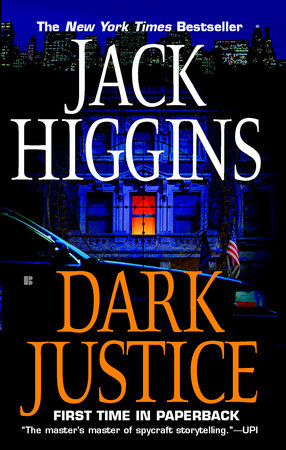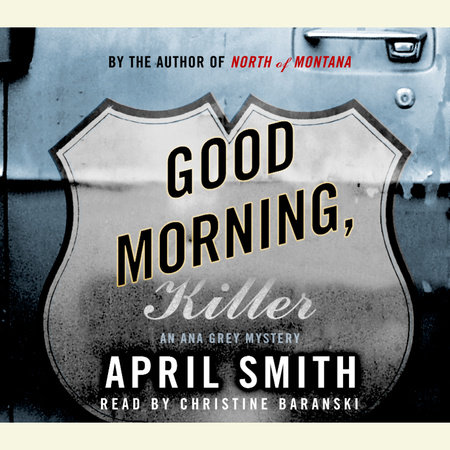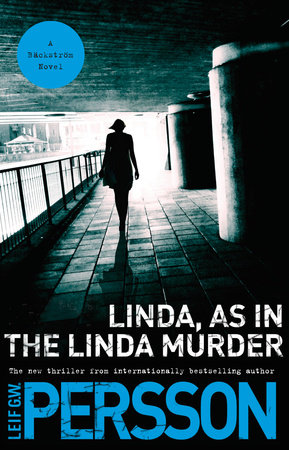Author Q&A
A Conversation with April Smith
Q: What are some of the challenges for a novelist in creating a serial heroine character?
A: Avoiding clichés. Staying centered and consistent with the character, yet allowing her to grow in natural and interesting ways. Time can be a problem. Does she stay in the same time period she originated in (in this case, the early nineties)? If so, does she age? The hardest thing in going back to Ana Grey (after creating baseball scout Cassidy Sanderson in BE THE ONE), was working with the discrepancy in time. Ana has only aged three years since North of Montana—while the author aged almost ten.
Q: Who is FBI Special Agent Ana Grey to you?
A: She’s a lot of things. A wounded angel. A real-life heroine who navigates the real world. An imperfect human being who makes mistakes and acts impulsively. She wants to heal the world, but she’d never put it that way. I love and respect Ana Grey the way I respect the real FBI agents I have met. She’s doing urgent work. She’s a role model, and, I hope, an inspiration.
Q: What kind of research informs your work as a novelist?
A: I do a lot of research. Too much, my editor thinks. But I need to know not only the reality of the way a thing would play, but what the experience of it would be. Therefore I scout every location that appears in my novels. The idea of scouting locations comes from producing television, where you all pile into a van and drive all day to seventeen two-story houses that all look the same. I have traveled to the Dominican Republic, Vero Beach, Florida, Ashland, Oregon and Oklahoma City, Oklahoma as well as countless neighborhoods and venues in Los Angeles in order to feel what my characters would feel in those places; to be able to describe them through their eyes.
I read books, do Internet research, but mostly talk to experts to verify the technical aspects of the criminal, legal, or sports or medical stories that I tell. Look at the acknowledgements in Good Morning, Killer, and you’ll see a fine defense attorney, distinguished internist, crime lab director, police detective and a dozen FBI agents – all of whom generously and amazingly spent hours figuring out how to make my loony fictional scenarios believable. I love that part of it – the intimacy of engaging with smart people in other professions and other worlds. My father (to whom the book is dedicated) is an MD. As a child, I asked why he became a doctor. He said, “Because I was curious.” I guess I am, too.
Q: Is it difficult for you as a writer to write about violence?
A: I have several responses to the issue of violence in fiction. I think it is a very important question.
The use of violence as a dramatic tool is something I think about every day. I feel a moral obligation not to exploit the prurient aspects; nor to use the destructive force of one human being against another as a plot device. I don’t think it’s “fun” to figure out a “mystery” with a “dead body” in the living room. I can’t see the world that way. I’m a naturalist. If I’m going to take you into a violent situation, it will be rendered, to the best of my ability, in a realistic way and for a dramatic purpose. I work to make the writing neutral as opposed to pyrotechnic. I work to show you the emotional toll. I take it seriously.
I worry that writing crime fiction perpetuates negativity and a numbing acceptance of brutality. I worry because in the terrorist-ridden world we now inhabit, homicidal events in books can seem disrespectful to real victims, if not downright irrelevant. I question whether I’m using my talents to the greatest good – but then, honestly, when I get enthusiastic responses from readers who say, “I loved your books! Please write more!” I feel that maybe I am providing a nourishing and thought-provoking experience from which they can draw their own conclusions.
When I started writing Good Morning, Killer, I thought the greatest difficulty would be portraying the serial rapist, Ray Brennan. To write him I had to know him, and I could not imagine getting inside the mind of a sexual sadist. My editor and publisher, Sonny Mehta, wisely said: “Don’t get hung up on the rapist,” knowing that if not contained, I would spend years researching psychopathic sex offenders – so I did not. Instead I allowed myself a basic understanding and let it go. When the time came to write the penultimate scene between Brennan and Ana Grey, I was there. With both of them. Go figure.
Q: Tell us about the new book.
A: Good Morning, Killer brings back Special Agent Ana Grey because —truthfully— readers kept asking for her.
Ana meets her match in Detective Andrew Berringer—a sexy, enigmatic street cop who is working the same kidnapping to which she has been assigned. As they get deeper into the case, which involves a fifteen year-old taken from the trendy Third Street Promenade in Santa Monica, they become “contaminated” by the vicious nature of the crime, and spiral down into the darkness that has claimed the girl.
It is a story of love and competition, of cruelty and survival. It bares the nature of man and woman engaged in an embrace so tight it becomes a death grip. It is dark on dark—my most uncompromising book.
And, yes, since you asked, now that I’ve been reunited with Ana Grey, I’m not going to let her go. I’m already working on the next book.































